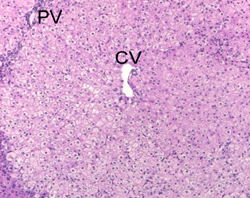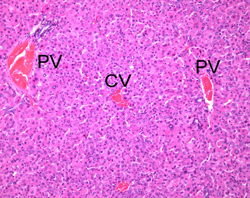PXB-mice are chimeric mice with a healthy and functional liver that has been 70 to 90 percent repopulated by human hepatocytes. We produce them by transplanting human hepatocytes to immunodeficient mice that have liver disease (uPA/SCID). This method was developed by the research group led by Professor Emeritus Katsutoshi Yoshizato from Hiroshima University. PXB mice exhibit normal histological structures in the liver and secrete human Albumin. The expression and activity of human metabolic enzymes and transporters and the secretion of human type bile acids in PXB mouse liver has been scientifically confirmed. The PXB-mice have also been successfully infected with hepatitis B and C viruses.
연구용역
Phoenixbio (간염)
HBV, HCV 모델 동물
Overview of PXB Mouse Services
What are PXB-mice?

Production Method
Normal human hepatocytes are transplanted via the spleen to uPA/SCID mice (immunodeficient mice with characteristics of both uPA transgenic and SCID with liver disease). Mice used for studies are aged 10 to 14 weeks and have a human hepatocyte replacement ratio of over 70 percent.
Only commercially available cryopreserved normal human hepaotcytes obtained from donors who have signed an informed consent are used for the production of PXB-Mice.
HE-stained liver images of the host mice and PXB-mice
This picture illustrates the state where the mouse hepatocytes (red) have been nearly completely replaced by the human hepatocytes with the clear cytoplasm. The hepatic lobules take normal shape through the multiplication of human hepatocytes.
CV: central vein
PV: portal vein
*추가 문의사항이 있으시면 별도로 연락주시기 바랍니다.



